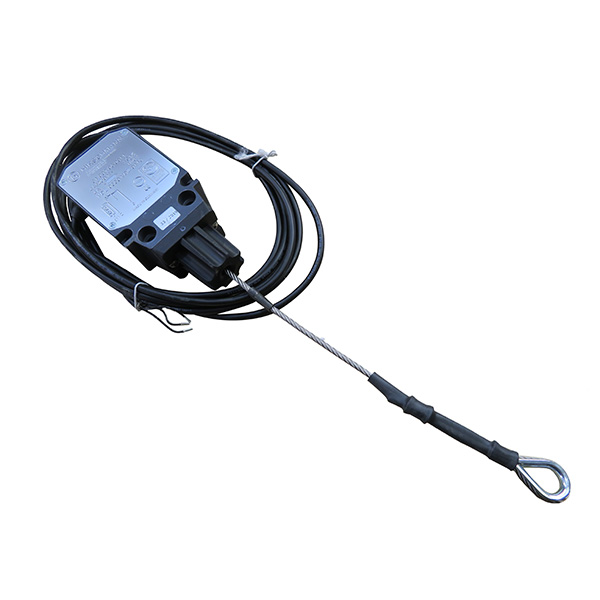Description
WIKA Mobile Control Part # 031-002-060-011
WIKA Mobile Control Standard Anti Two Block Switch DS150, DS350, DS160, iFlex LMI System.
WIKA Mobile Control Standard Anti Two Block Switch for all WIKA Mobile Control wired systems.
- Approved as an emergency limit switch by the Trade Cooperative Institute for Work Safety (BIA)
- high quality diecast housing, additional surface coating
- fully cast electrical function unit
- integrated line monitoring
- stainless steel traction rope with a tensile strength of ≥5kN
- funnel-shaped introduction of the actuating rope with low friction surface for safe rope guidance.
WIKA Mobile Control (formerly Hirschmann MCS, PAT, Kruger) Anti Two Block warning systems are used on cranes to halt or caution the operator of unsafe upward movement of the hook. Without anti-two block protection, operators can pull the hook and load through the crane body, damaging the crane or causing safety risks. Essentially, anti-two block systems prevent events caused by unintentional contact between the hook block (ball) and the boom point, often referred to as two-blocking. One type of two- blocking, often described as “booming down into the block,” occurs on cranes because of the location of the hoist drum, which is typically mounted on the revolving superstructure. Through this arrangement, the distance between the hoist drum and the boom tip sheaves increases as the boom is lowered, causing the lower block (hook block) to move closer to the upper block (boom tip sheaves). Sensing and Control An anti-two block system consists of a sliding weight, which hangs on a switch. If the crane’s hook travels too far upward, it pushes up the weight and releases tension on the switch. This ‘change of state’ issues a warning and/or stops the upward movement. Not only is crane operation with an anti-two blocking system safer, it is required by OSHA on cranes dated 1992 or newer, that have previously had an anti-two block system, or are used to lift personnel.




